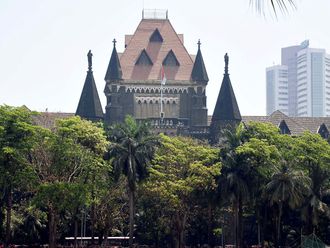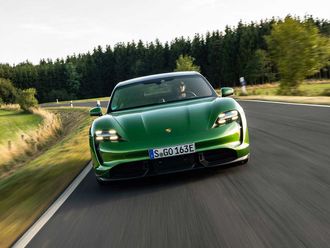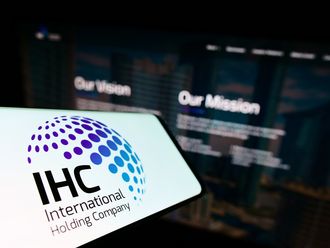Tokyo: Nissan Motor Co reported first-quarter profit that fell short of analysts’ estimates as Japan’s second-largest automaker increased incentives and marketing spending in the US on models including the Altima.
Net income was 72.3 billion yen (Dh3.39 billion) for the three months ended June 30, compared with 85 billion yen a year earlier, the company said in a statement today (Thursday). That lagged behind the 79 billion yen average of six analyst estimates compiled by Bloomberg. The Yokohama, Japan-based carmaker reiterated its forecast for net income to rise 17 per cent to 400 billion yen for the year ending March 31.
Nissan’s incentives spending in the US — its largest market in terms of profit — increased 20 per cent in the first half, the most among major Japanese carmakers, according to researcher Autodata Corp.
Increased spending on advertising, promotion and research and development dragged down profit, Daiwa Securities Group Inc said.
“Expenses should be the reason if they missed the first quarter estimate,” said Koichi Sugimoto, an analyst at BNP Paribas SA in Tokyo.
“A big chunk of expenses are incentives and promotional spending.”
New models
Nissan’s shares rose 1.1 per cent to close at 707 yen in Tokyo before the earnings announcement. The stock has risen 2.2 per cent this year, compared with the 0.1 per cent drop in the Nikkei 225 Stock Average.
The company plans to introduce ten new global vehicle models this year including the Altima, Pathfinder and a long-wheelbase version of the Infiniti M hybrid sedan, it said.
Last month, Nissan introduced a refreshed Altima in the US to challenge Toyota’s Camry. The Altima last year overtook Honda’s Accord as the No 2 selling car in the country — Nissan’s largest profit generator — after the Camry.
“Nissan’s new Altima boasts best-in-class fuel economy,” giving the model a competitive edge, Kota Yuzawa and Yuichiro Isayama, analysts at Goldman Sachs Group Inc, wrote in a report dated June 7.
Sales forecast
Nissan forecast in May that total sales will rise 10 per cent to a record 5.35 million vehicles this fiscal year, led by demand in China and the US Demand in Japan will probably rise 5.3 per cent to 690,000 units.
Global sales increased 16 per cent to 446,721 units in June. In China, Nissan’s largest market by volume, deliveries rose 10 per cent to 119,200 units, while US sales beat analyst estimates to gain 28 per cent.
In the January-June period, Nissan’s vehicle registrations in Japan increased 33 per cent, driven by demand for the Serena and Note, two models that qualified for government subsidies for environmentally friendly vehicles.
Japanese government subsidies for buyers of fuel-efficient cars may end as early as August, resulting in a decline of 15 to 20 per cent in industrywide vehicle sales, according to Yoshiaki Kawano, a Tokyo-based analyst with IHS Automotive.
Yen gains
Nissan has fewer models that qualified for government subsidies compared with its rivals and hence will be less affected by the ending of the incentives, according to Goldman Sachs Group Inc.
The yen has gained against the U.S. currency for the past four years, dropping to an average of 80 yen to the dollar and 103 yen versus the euro last quarter.
Nissan has been reducing Japan production to counter the yen’s strength. The carmaker shut one of the two lines at Oppama plant in eastern Kanagawa prefecture this month, slashing capacity to 240,000 units a year from 430,000.
In China, Nissan will invest $800 million in a 150,000-unit plant in Dalian, northeast China. It set up the headquarters of its Infiniti luxury brand in Hong Kong in May, and production of the premium cars will start in Hubei province in central China from 2014.
French partner
Nissan and alliance partner Renault will invest $160 million to increase production capacity of about 80,000 Rogue sport utility vehicles in South Korea for export, taking advantage of the country’s free trade agreement with the US, the companies said this month.
In the US, Nissan said in June that it will hire at least 1,000 more workers and build Sentra small cars at its Canton, Mississippi plant.
The automaker’s profit forecast is based on exchange rates of 82 yen to the dollar and 105 yen to the euro.












